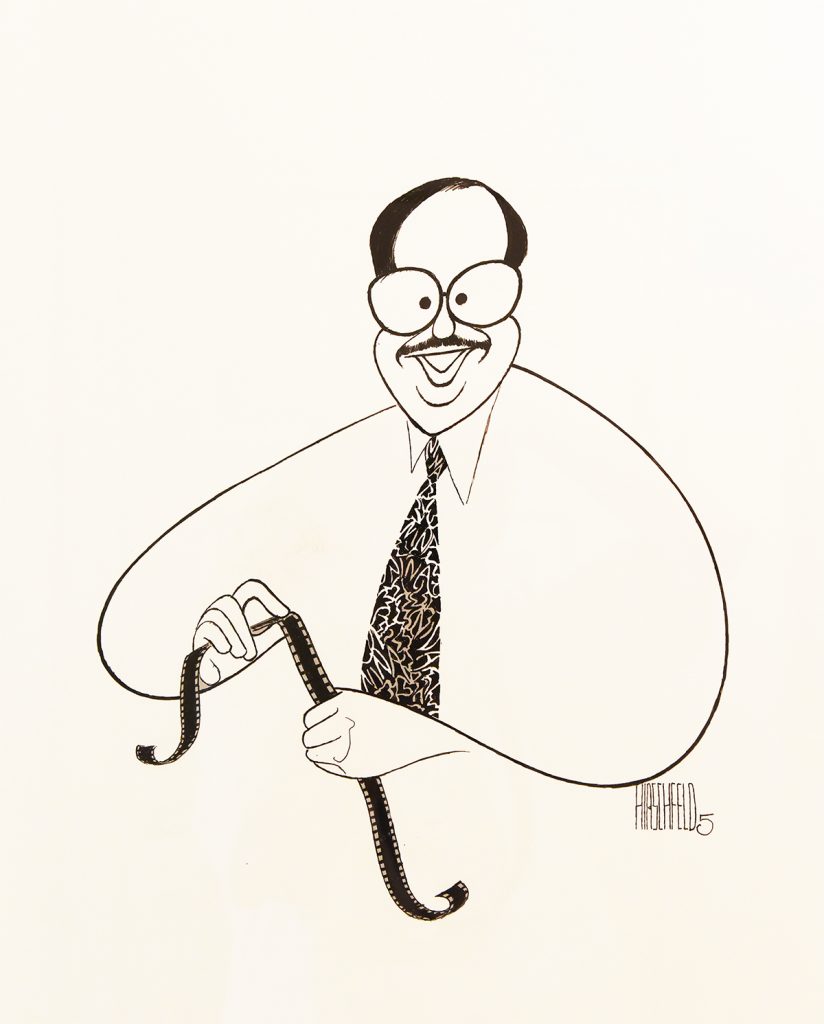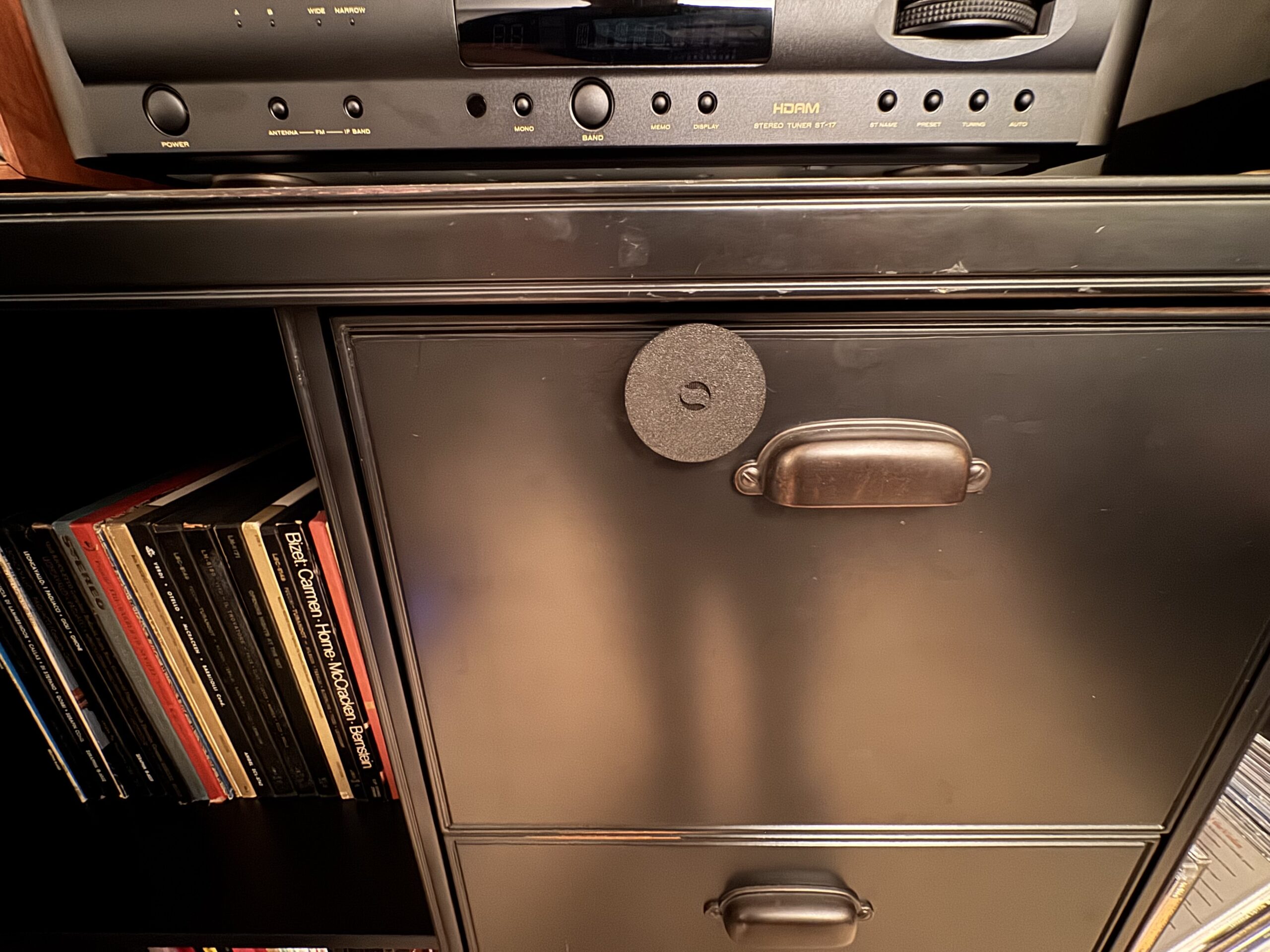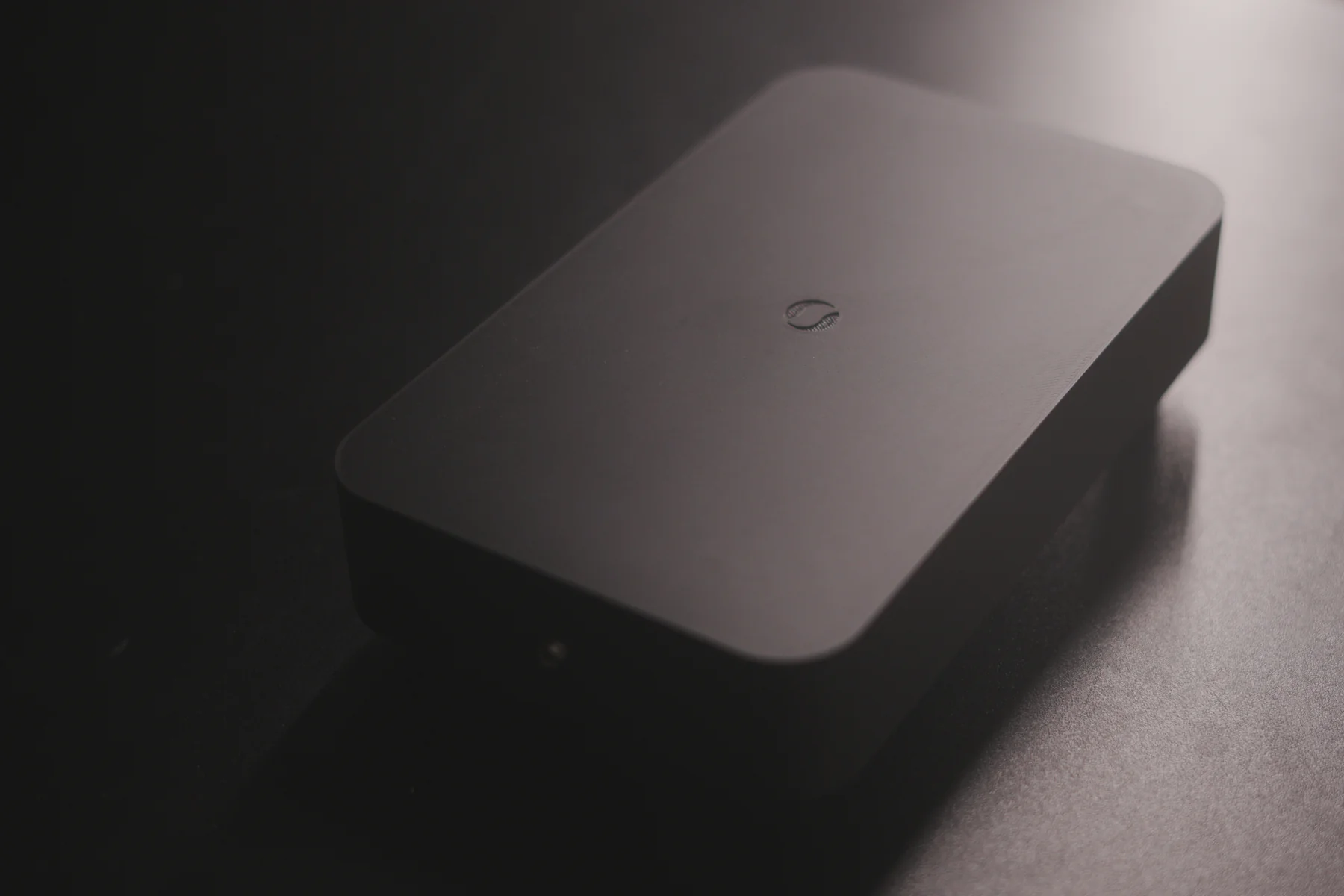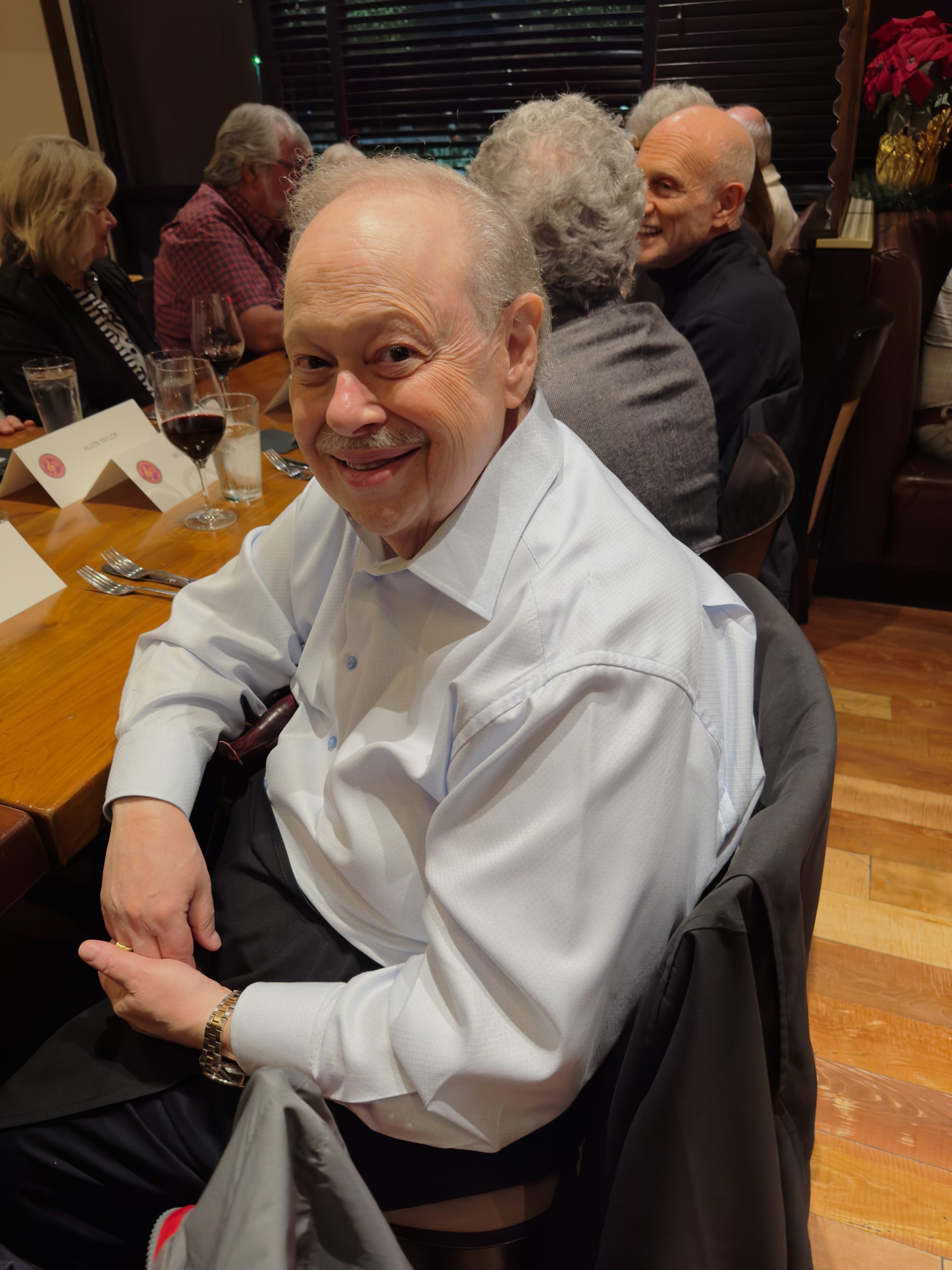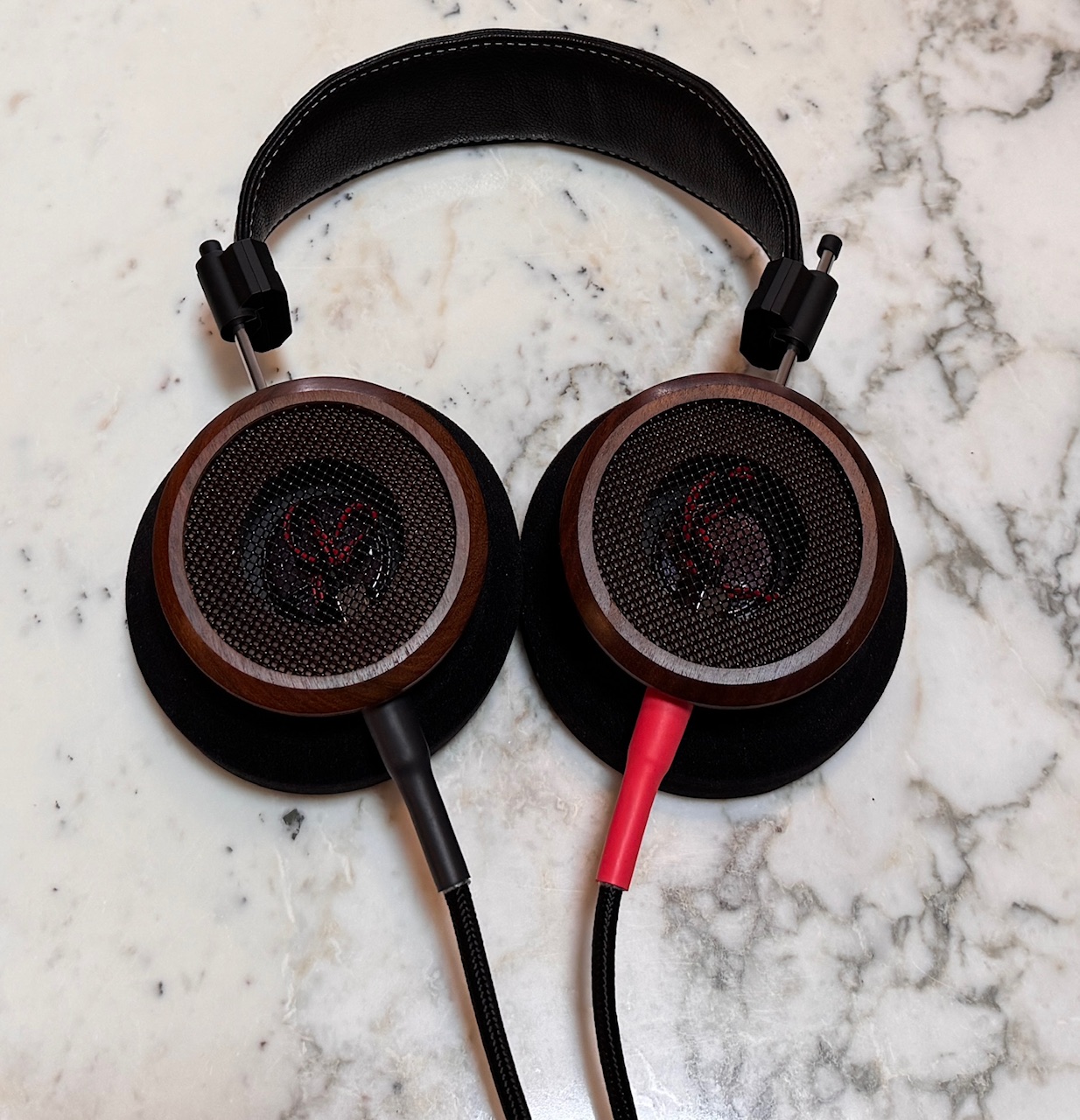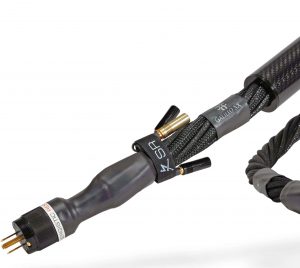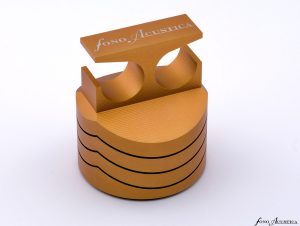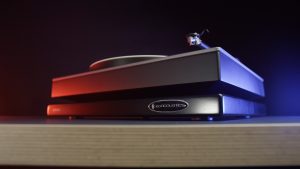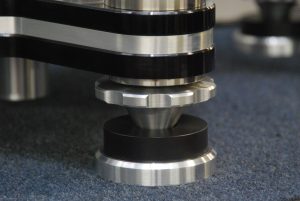An important announcement!
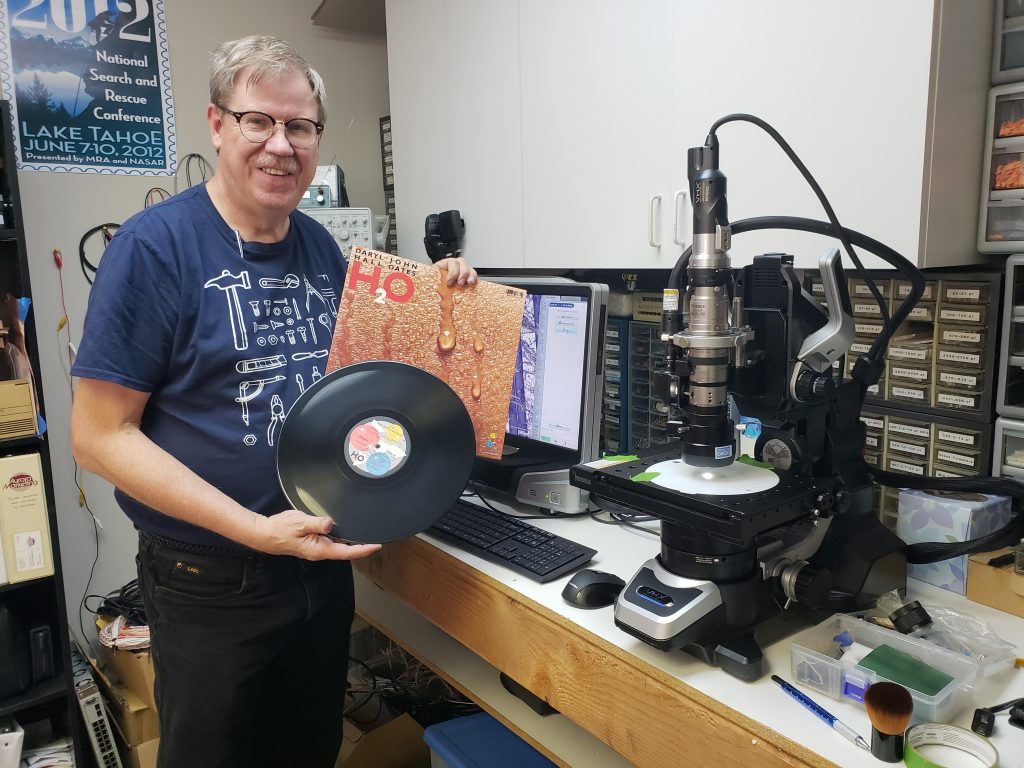
The energetic and brilliant Charles Kirmuss has no grass growing under his feet as he announces changes in usage of his superb KA-RC-1 Ultrasonic Record Restoration System and newly developed and very high value speaker cables for audiophile systems. I inquired about the cleaning process since there is so much buzz associated with it, and found out the buzz is spot-on accurate. This device is the real deal and there is much more cooking in the Kirmuss kitchen.
First announcement! The Kirmuss machine is not only cleaning and restoring vinyl, but using an attachment developed by Charles Kirmuss, it is now cleaning and restoring Edison wax cylinders(!) and their three minutes of precious content. Charles recently emailed me about the breakthrough process that he has developed to access these cylinders, with remarkable results.
Dear Bob,
Good day!
Your email received very warmly. We were interrupted in the process of visiting the recording academy due to covid for recognition and we continue to see our processes and understanding of vinyl, transcripts, acetates and now Edison Wax Cylinders appreciated. Indeed, your gesture is very well received coming from your person.
At the ARSC annual (virtual) convention this past May, over six months I assisted John Levin, who is a recognized collector of Edison Wax Cylinders. Where the Library of Congress “gave up” on trying to access the pressed media in these cylinders, I have created a cover unit assembly for cylinders that works with our current machine, replacing the current LP record assembly cover with a new attachment for wax cylinders.
…We were able to restore and for the first time play processed cylinders that we subjected to our process, some with remarkable results.
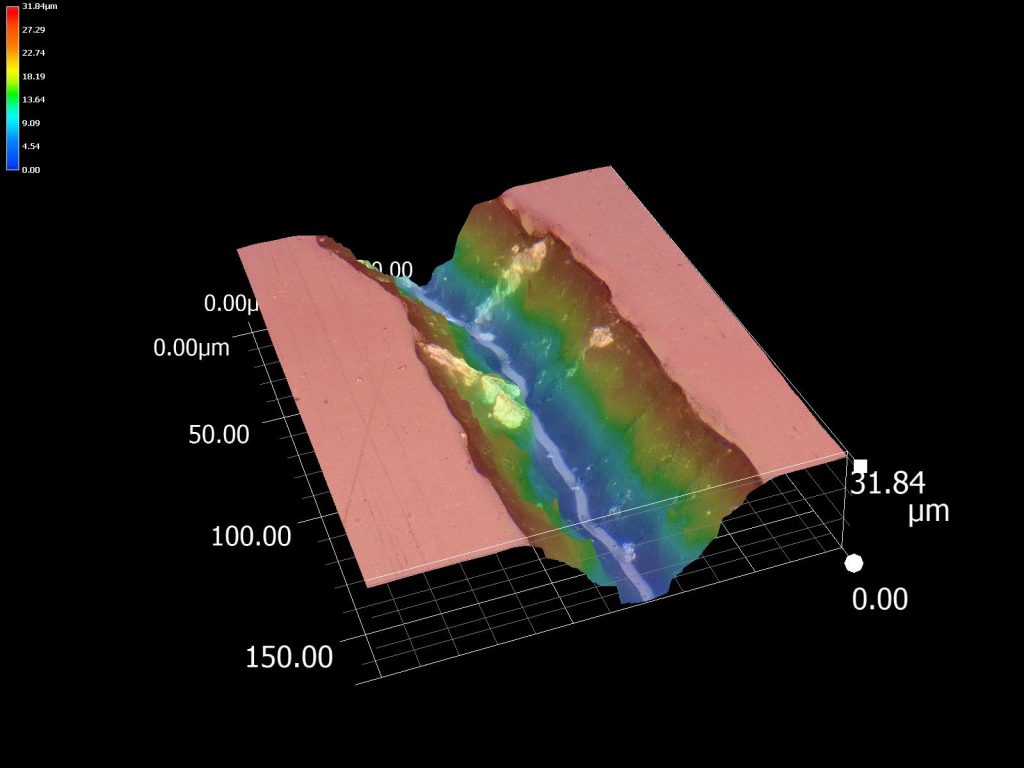
This image shows the right-hand side of a cylinder before processing.
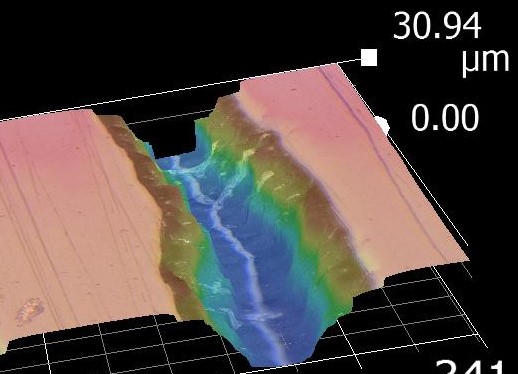
This image shows the right-hand side of a processed cylinder.
We are now to work with a chemist to determine the composition of these surface contaminations of several types that we encountered.
Perhaps an added note about our support in celebration of AM powerhouse radio station KDKA and their recent 100th anniversary as the oldest commercial broadcaster last November, bringing back to life their acetates for them to digitize and then assemble as a collection of Pittsburgh history lived, and what seemed a positive reaction from the President of the ARSC as to our development in cylinders, could be of interest.
The Kirmuss machine appears to yield more and more advantages toward cleaning every type of recorded analog disk or cylinder media extant. Contact Kirmuss Audio directly if you require information regarding these new adaptors that Charles has developed for the KA-RC-1. Having come from a world of film and video restoration, I can tell you this is exciting news.
Second announcement!
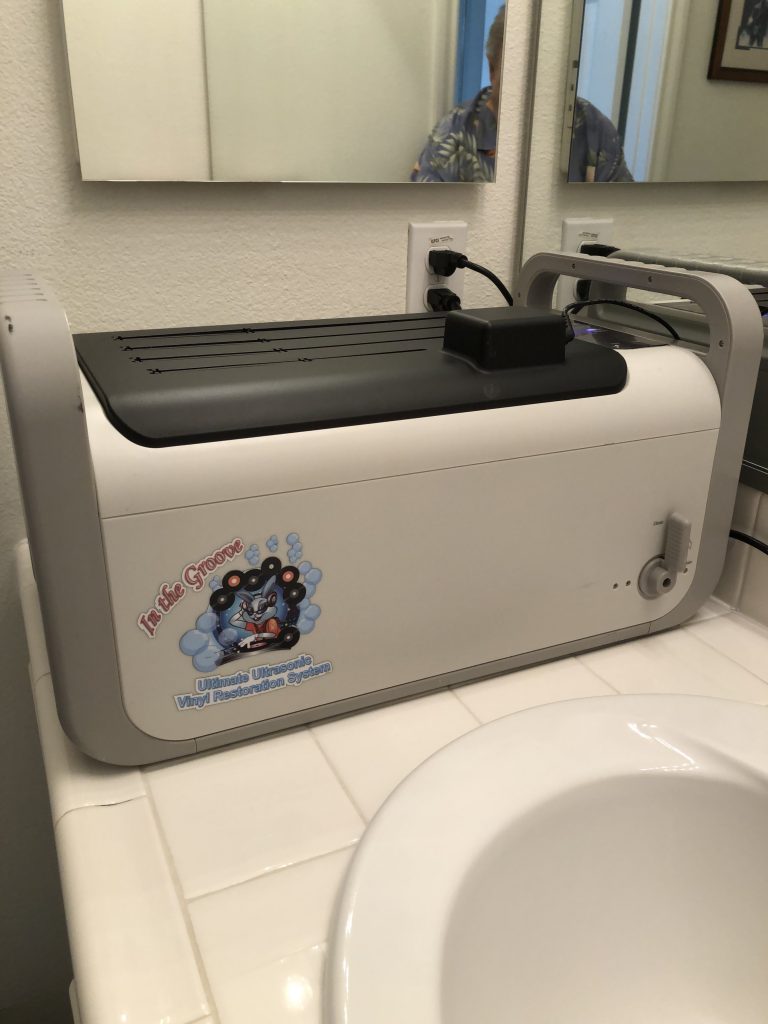
Restoration of an LP can take up to 30 minutes to accomplish correctly...and it is truly worth the effort. Meanwhile, Charles has communicated that inserting an LP into the machine, with no surfactant sprayed on the surface, for just two minutes and then drying will yield a quieter surface and remove surface dust and fingerprints. I found that new records, recently cleaned records, and records that just needed a bit more rinse benefited from the brief two-minute bath.
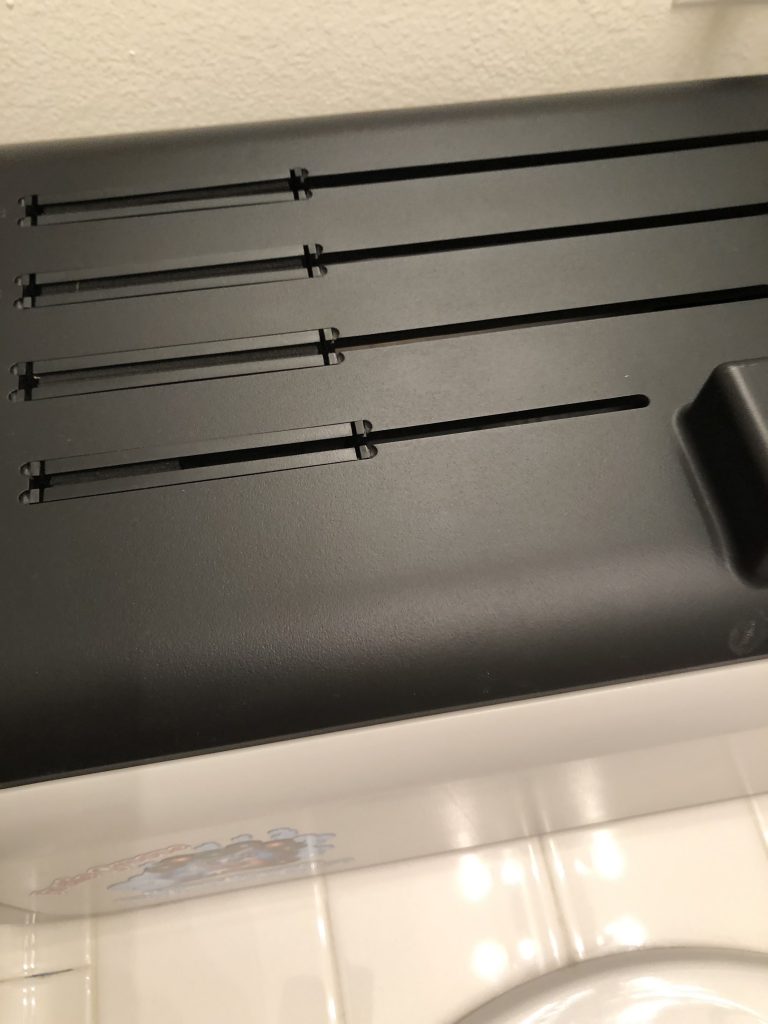
You cannot spend all day every day correctly restoring an extensive collection. You will end up only playing those LPs you have restored and ignoring all the others.
A Kirmuss Restoration
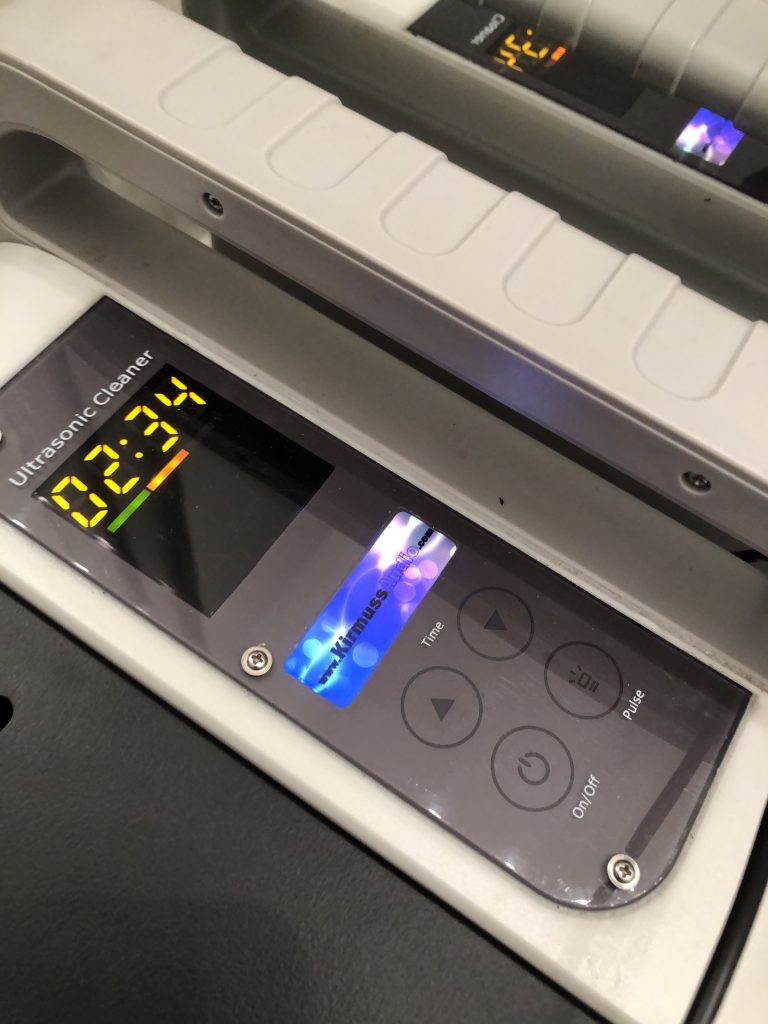
Before I reveal the third announcement, I should tell you of my restoration of an important LP: the Heifetz Sibelius Violin Concerto, RCA LSC 2435 Shaded Dog Original S1/S1, that I have owned for half a century. It is very clean looking, but noisy and somewhat compressed sonically, lacking violin sweetness and orchestral blood and guts.
It required four five-minute treatments, as each spray of the special surfactant cleaner brought out more white-colored grunge from the grooves. I finally put the LP back in for a last two-minute cleansing bath and then dried it thoroughly. Worth about $500, this precious LP has never lived up to its potential, though washed in three different record washing machines over time—two of which cost triple the Kirmuss!
I placed the Kirmuss restored LP on my EAT Forte S Turntable with the Grado Epoch 3 Cartridge and the Cardas Special Order XL Beyond Phono Cable. I used the phono stage in the EAR 912 Preamplifier. The results? Extraordinary! Loudness increased by about 3dBs! Surface noise and distortion disappeared. The violin sound was covered in honey. The orchestra was now wall to wall and revealed immense depth and height. The LP was more like a test pressing or a very fine reissue, but sweeter and warmer than the current crop of RCA reissues. Now I had a treasure I will enjoy for years to come. Only 1500 more to restore. Charles, you are the man!
Third announcement!
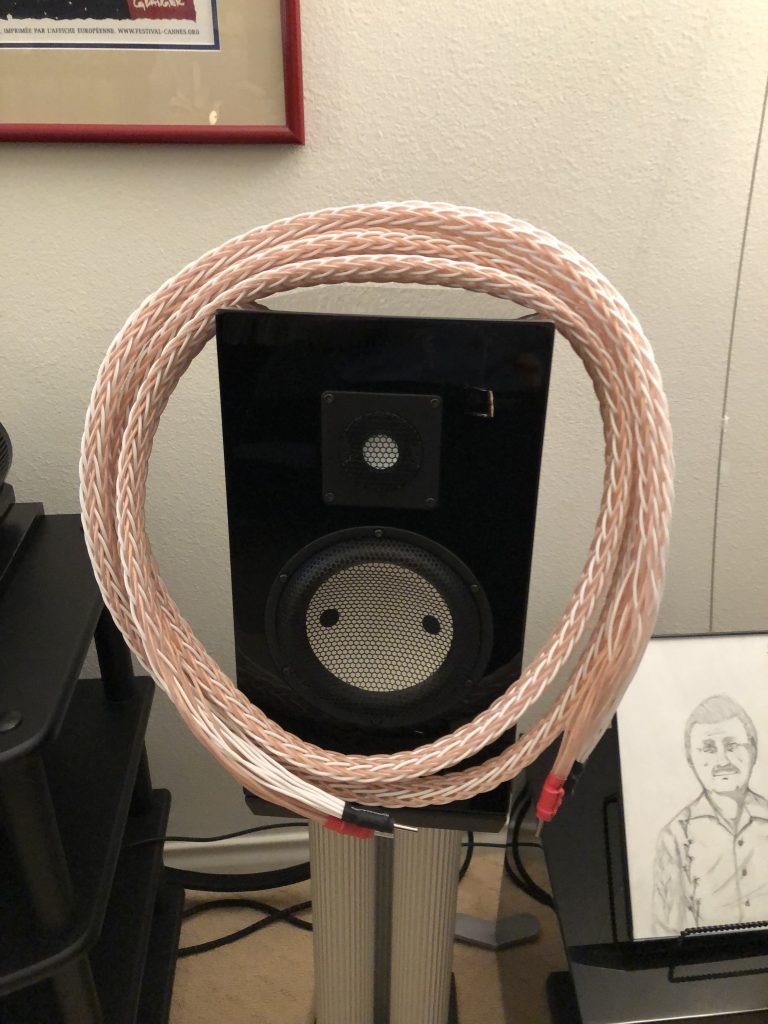
To my surprise, accompanying the Kirmuss machine was their brand-new speaker cable: The Adrenaline. Supplied only at 12 feet in length, the weighty three pounds per conductor of purest copper is woven in 24 strands of wire to an inch in diameter. Every single wire has 72 strands of 24-gauge OFC copper. Inductance is an astonishingly low 0.6 micro-Henry's per 12-foot cable set with connectors. Lower the better! They are terminated in rhodium-covered hollow banana connectors...my favorite.
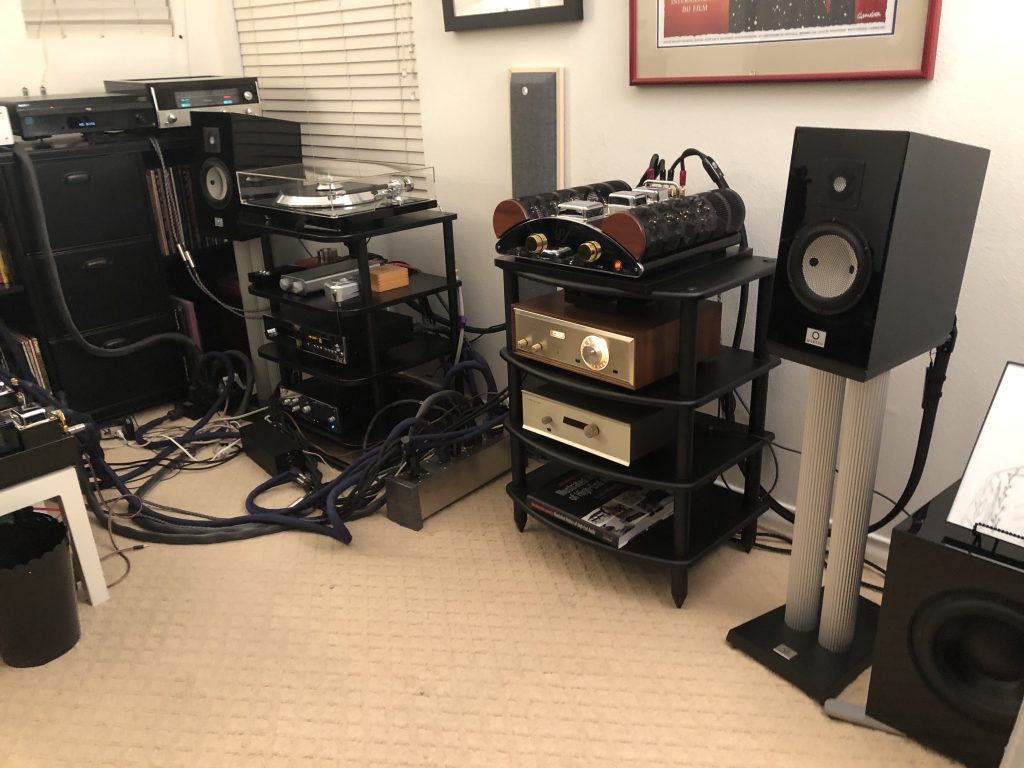
They will retail at about a very reasonable $750 per pair at your KirmussAudio dealer. Turned out they perform like speaker cables at twice that cost. I was mightily impressed with the Adrenalines connecting my state-of-the-art near-field system consisting of Marten Duke 2 speakers and Marten Sub. The amplifier was the EAR V12 Tube Amp and the phono stage was the EAR 324. Interconnects were from UITaudio and Kubala-Sosna.
Compared to my reference speaker cables—which is quite unfair as the Adrenalines cost less than my reference cable's sales tax—I am delighted to report the Adrenlines were much more than very good. The mid-range was alive and realistic with solid imaging. The definition was excellent, and never strident or crisp. The pacing and drive were very good and the soundstage was wide and tall. Image size was spot on and very well focused. Crescendos were well defined and only slightly congested.
The high-band was somewhat rolled off above about 10khz, but still was nicely airy and sweet. The treble region was less defined with bells and such a bit dull but nicely present. Ambiance retrieval was very good and vocal highs were quite natural and well defined. I found digital media very smooth and a touch creamy, unusual but delightful. LPs were very good and naturally dynamic. The depth perspective was good with dark and quiet backgrounds. The Adrenaline would be a very fine cable for solid-state amplifiers.
The low band was smooth and detailed though rolled off somewhat below 100hz. The bass impact was well layered and natural sounding. Overall, the sonics were less exciting than I am used to, but certainly satisfactory. A higher-powered solid-state amplifier should yield a bigger and more potent bass sound.
The overall performance of the Adrenalines would be similar to cables costing $1500+ and would be a great choice for solid-state gear and a digital source or streaming, though no slouch with LPs. Though they demonstrated superior test measurements at 12 feet in length, that is a bit long in my experience. They should be available in a two-meter length, which may yield even better musical performance. As is, the Adrenalines are a more than worthy effort and a terrific audiophile bargain. If this is your price range, then you should definitely give the Adrenalines a try.
All photographs by Bob Levi, except the portrait of Charles Kirmuss, courtesy of Kirmuss Audio.
